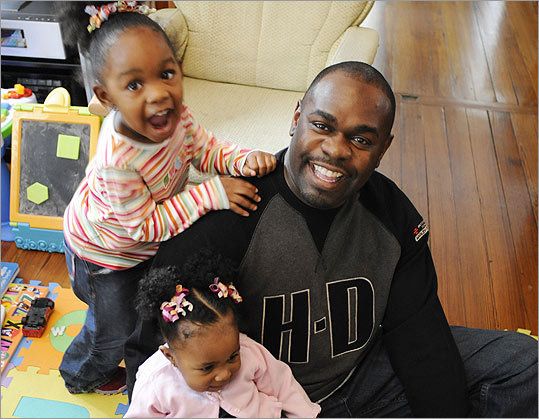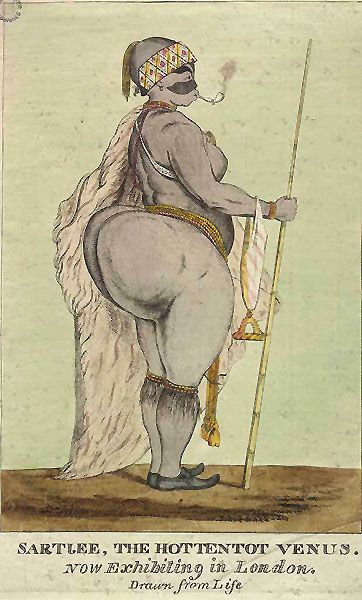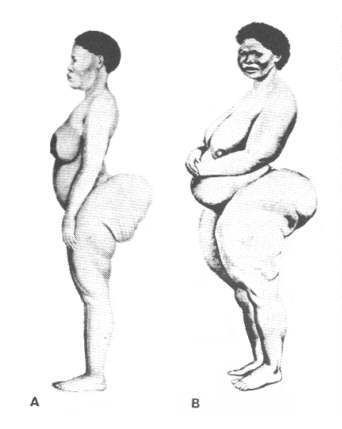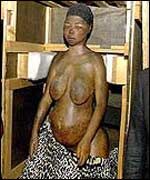
“"It is easy to tell right from wrong, but the hard part is choosing the wrong that is right." Sawaad Amen Ra

Shem Hotep ("I go in peace").
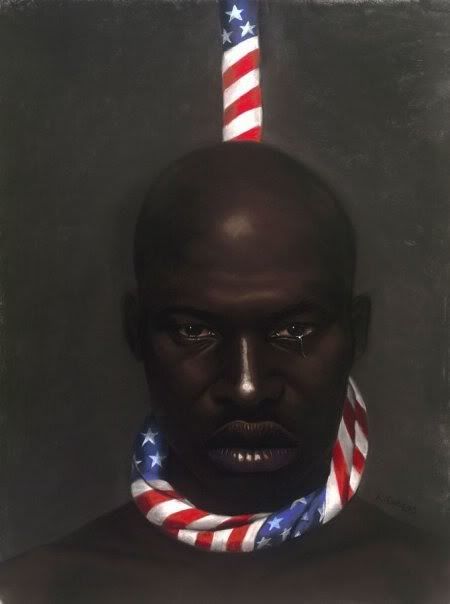
The Secret Lives of Wives and Why they stray:
With the work place and the Internet, overscheduled lives and inattentive husbands--it’s no wonder more African American women are looking for comfort in the arms of another man. When groups of women get together, especially if they’re mothers and have been married for more than six or seven years, and especially if there’s alcohol involved, the conversation is usually the same. They talk about the kids and work-how stressed they are, how busy and bone tired. They gripe about their husbands and, if they’re being perfectly honest and the wine kicks in, they talk about the disappointments in their marriages.
They do it for love. They do it for sex. They do it to feel beautiful and boost their self-esteem. No, we’re not talking about why women get married, but why women cheat on the men they have married. Female infidelity is not a new phenomenon, but it is a fact of life that many people, including women, don’t want to acknowledge. While the cheating man has long been the subject of boasts, jokes, novels and movies, the unfaithful woman is now getting more attention and scrutiny. And justifiably so.
Where as decades ago, the unfaithful wife was a rarity, an abnormality, today’s missus is more likely to cheat than her predecessors. The first reliable estimate concerning infidelity was made in 1953 by renowned sex researcher Alfred Quinsy, who in his landmark study found that 50 percent of husbands and 26 percent of wives surveyed had cheated by age 40. However, in recent years, women have been catching up to men. A 1997 Ball State University study suggests that young women, those under age 40, are just as likely to commit adultery as men are their age. Among older couples, the stereotype of men being more likely to stray holds true. Sex researchers agree that today more women are committing adultery. At the same time, more and more women are working outside the home alongside men, oftentimes in office environments that are charged with sexual electricity. In addition, some studies show that the more sexual partners a person has before marriage, the more likely she or he is to cheat on a spouse. The reasons women cheat vary considerably.
Some get involved in extramarital affairs because they are lonely, others because they want to escape the monotony of marriage. Still others are motivated to cheat due to revenge after they find lipstick or other telltale signs of their husbands` infidelity. Then there are the selfish, character-flawed women who marry good men who love and take care of them but continue to consort with other men for sexual excitement or for the money and other material goods the men can provide. Where do married women find their boyfriends? At work, mostly. Nearly 60 percent of American women work outside the home, up from about 40 percent in 1964. Quite simply, women intersect with more people during the day than they used to. They go to more meetings, take more business trips and, presumably, participate more in flirtatious water-cooler chatter. If infidelity is an odd game, and then the odds are better now than they used to be that a woman would accidentally bump into someone during the workday that, at least momentarily, interests her more than her husband does. There’s a more subtle point embedded in here as well: women and men bring their best selves to work, leaving their bad behavior and marital resentments at home with their dirty sweatpants. At work, "we dress nicely.
We think before we speak. We’re poised," says Elana Katz, a therapist in private practice and a divorce mediator at the Ackerman Institute for the Family in New York City. "And many people spend more time out in the world than with their families. I think sometimes people have the idea that [an affair] will protect the marriage." They get a self-esteem boost during work hours and don’t rock the boat at home. "In some paradoxical sense this may be a respite, a little break from the marriage.


